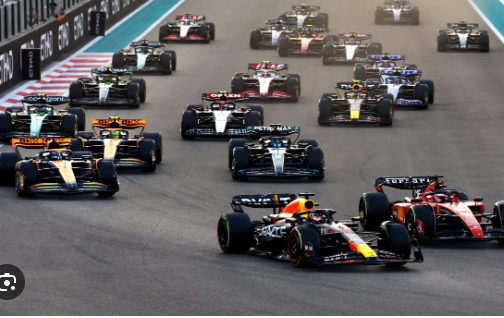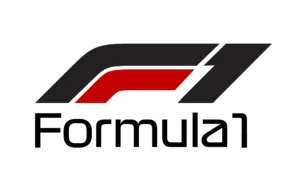
Is Formula 1 Losing Its Edge to Endurance Racing?
For decades, Formula 1 has been the pinnacle of motorsport technology. But with growing manufacturer interest in endurance racing—especially the World Endurance Championship (WEC)—is the balance shifting?
Ford’s recent decision to return to Formula 1 and the 24 Hours of Le Mans alongside its F1 program raises tough questions about which format offers more value: high-speed, open-wheel racing or the demanding world of endurance racing.
Endurance Racing’s Resurgence
Ford joins a stacked hypercar class featuring Porsche, Ferrari, Toyota, Cadillac, Aston Martin, and more in 2027, thanks to regulatory convergence between WEC and IMSA. This move has made sports car racing more appealing and accessible, fueling a renaissance in competition.
Meanwhile, Formula 1’s 2026 rule changes have drawn Honda, Ford, Audi, and Cadillac into the fold. However, F1’s strict cost cap and technical constraints have led to concerns that top engineering talent may shift toward endurance racing, where there’s more creative freedom and lower entry costs.
F1 vs. WEC: The Future of Motorsport Innovation
Formula 1 still represents cutting-edge racing, particularly with its 2026 hybrid power regulations. But endurance racing offers automakers the ability to showcase brand identity—something F1’s standardized designs don’t allow. Cadillac, for instance, values WEC’s platform for its road car resemblance and brand visibility.
With major manufacturers investing in both disciplines, motorsport is at a crossroads. Will F1 continue as the apex of racing technology, or is endurance racing set to take the lead? The coming years will reveal the answer.







